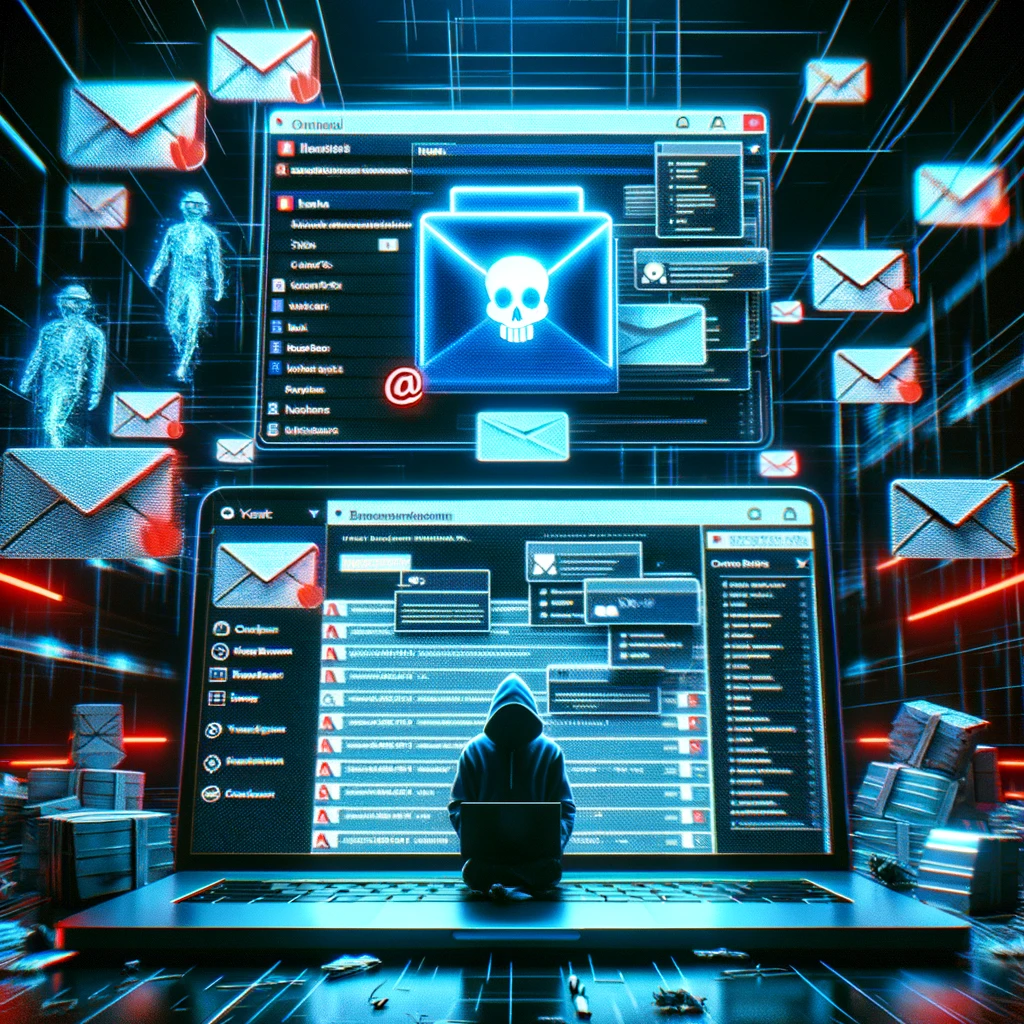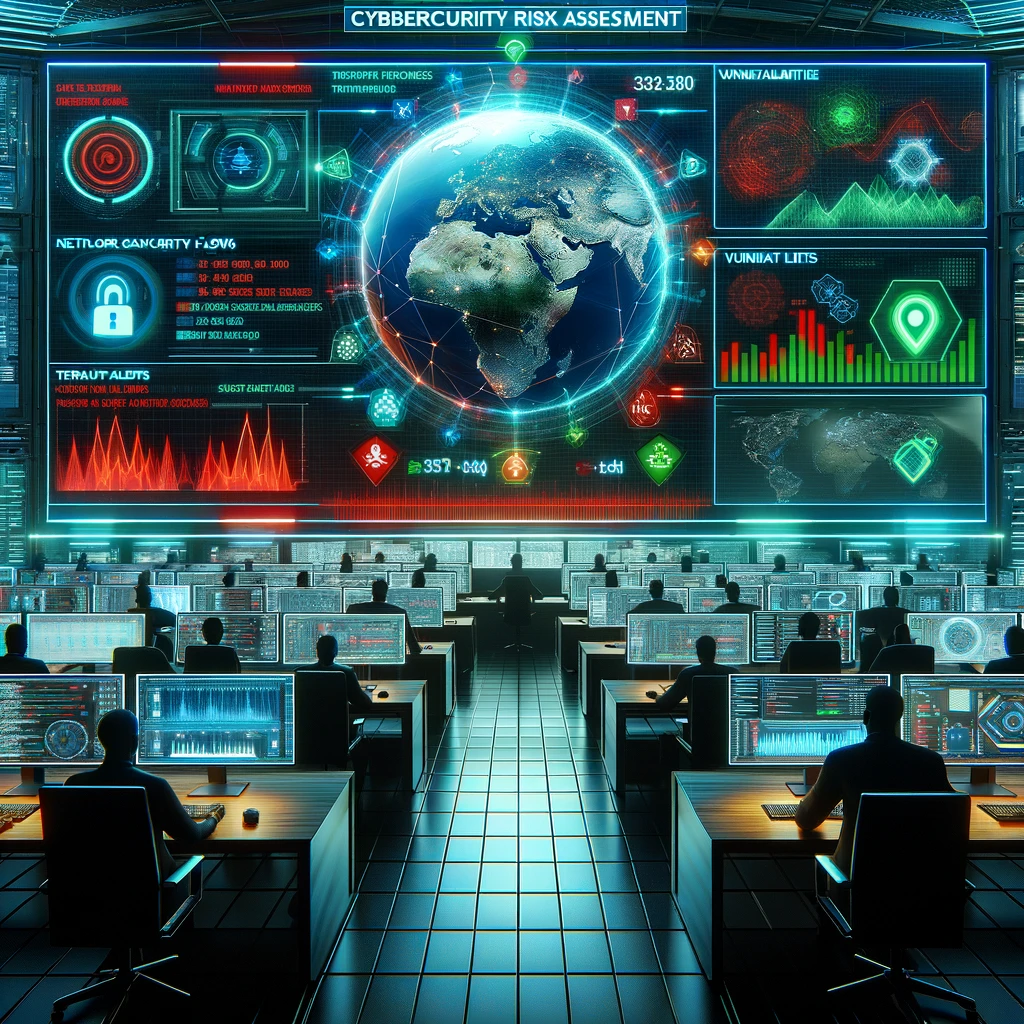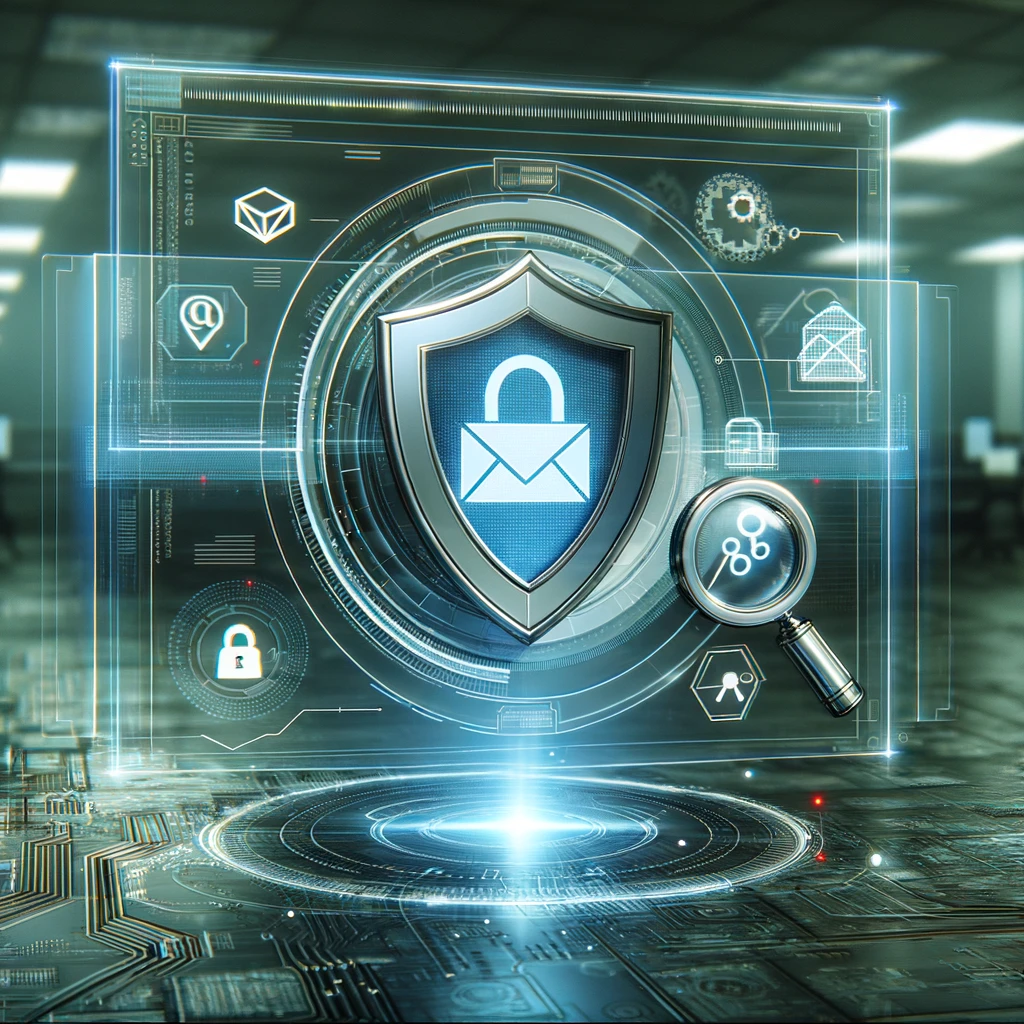In the ever-evolving landscape of cybersecurity threats, organizations are continuously bolstering their defenses against malicious actors seeking to exploit vulnerabilities. While advanced technologies like firewalls, antivirus software, and intrusion detection systems play crucial roles in safeguarding digital assets, one often overlooked aspect remains paramount: the human element.
Enter the human firewall – an organization’s frontline defense against cyber threats. Empowering employees with the knowledge, skills, and awareness to recognize and respond to potential security risks is becoming increasingly vital in an era where social engineering tactics are on the rise. In this article, we’ll explore the importance of cultivating a robust human firewall within your organization and discuss strategies for achieving this goal.
Understanding the Human Element
Despite the significant advancements in cybersecurity technologies and the implementation of robust defense mechanisms, human error continues to be a persistent challenge in safeguarding organizational assets against cyber threats. This is due to the fact that human behavior is inherently unpredictable and susceptible to manipulation by malicious actors.
One of the most common manifestations of human error in cybersecurity is falling victim to phishing emails. Phishing attacks rely on social engineering tactics to deceive individuals into divulging sensitive information such as login credentials, financial data, or personal details. Despite the implementation of email filtering systems and spam detectors, phishing emails can still bypass these defenses and land in employees’ inboxes. In moments of distraction or oversight, an employee may inadvertently click on a malicious link or download a malicious attachment, inadvertently granting cybercriminals access to the organization’s network.
Another prevalent form of human error is the use of weak passwords. Despite the emphasis on password hygiene and the enforcement of password complexity requirements, employees often opt for convenience over security, choosing passwords that are easy to remember but also easy to guess or brute-force. Weak passwords represent low-hanging fruit for attackers, providing them with an entry point to exploit vulnerabilities in the organization’s systems and applications.
In addition to falling victim to external threats, employees may also unintentionally disclose sensitive information through careless or negligent behavior. This could include discussing confidential matters in public settings, sharing sensitive documents via unsecured channels, or inadvertently leaving sensitive information exposed on their desktops or mobile devices. Such inadvertent disclosures can have serious consequences for the organization, including reputational damage, regulatory non-compliance, and financial losses.
However, despite these potential vulnerabilities, it’s essential for organizations to recognize that employees are not merely liabilities but invaluable assets in the fight against cyber threats. With the right training, awareness, and support, employees can become the first line of defense against cyber attacks, serving as vigilant guardians of their organization’s digital assets.
By investing in comprehensive cybersecurity training programs, organizations can empower employees with the knowledge and skills to recognize and respond to potential security threats effectively. Training should cover topics such as identifying phishing emails, creating strong passwords, practicing safe browsing habits, and understanding the importance of data protection and confidentiality.
Furthermore, fostering a culture of security where cybersecurity is prioritized and ingrained into the organizational ethos can help reinforce the importance of vigilance and accountability among employees. This involves promoting open communication, encouraging employees to report suspicious activities or security incidents promptly, and rewarding positive security behaviors.
Ultimately, organizations must recognize that cybersecurity is not solely a technological problem but also a human one. By embracing the human element and empowering employees to become active participants in the organization’s cybersecurity efforts, organizations can significantly enhance their resilience against cyber threats and better protect their valuable assets from exploitation.
Building a Strong Human Firewall
- Education and Training: Investing in comprehensive cybersecurity training programs is essential for arming employees with the knowledge they need to identify and mitigate potential risks. Training should cover topics such as phishing awareness, password hygiene, data handling best practices, and incident response protocols.
- Promoting a Culture of Security: Fostering a culture of security where cybersecurity is prioritized and ingrained into the organizational ethos is critical. This involves promoting awareness, accountability, and a shared responsibility for safeguarding sensitive information.
- Regular Communication and Awareness Campaigns: Keeping employees informed about emerging threats and security best practices through regular communication channels and awareness campaigns can help reinforce cybersecurity principles and keep security top of mind.
- Simulated Phishing Exercises: Conducting simulated phishing exercises can help gauge employees’ susceptibility to social engineering attacks and provide targeted training to address areas of weakness. These exercises simulate real-world scenarios and enable organizations to assess their overall security posture.
- Encouraging Vigilance and Reporting: Encouraging employees to remain vigilant and empowering them to report suspicious activities or security incidents promptly is crucial. Establishing clear reporting procedures and providing channels for confidential reporting can help facilitate timely response and mitigation efforts.
The Role of Technology
While the human firewall is a vital component of an organization’s cybersecurity strategy, it’s essential to complement human efforts with technological solutions. Advanced security technologies such as endpoint protection, multi-factor authentication, encryption, and security analytics can provide additional layers of defense and help mitigate risks.
Conclusion
In an era where cyber threats are increasingly sophisticated and pervasive, organizations must recognize the critical role of the human firewall in maintaining robust cybersecurity defenses. By empowering employees with the knowledge, skills, and awareness to become vigilant guardians of their organization’s digital assets, organizations can significantly enhance their overall security posture. Cultivating a culture of security, investing in comprehensive training programs, and leveraging advanced technologies are key steps toward building a resilient human firewall capable of thwarting cyber threats in today’s dynamic threat landscape. Remember, when it comes to cybersecurity, your employees are not just your weakest link – they can also be your

Penetra Cybersecurity is at the forefront of defending the digital frontier, providing cutting-edge solutions to protect businesses and organizations from the ever-evolving threats of the cyber world. Established with a mission to create a safer internet for everyone, Penetra leverages a blend of advanced technology, expert knowledge, and proactive strategies to stay ahead of cybercriminals.
Ready to take the next step towards a more secure future? Schedule a consultation with us today and discover how we can help protect what matters most to you. Don’t wait until it’s too late—with Penetra Cybersecurity, your business isn’t just secure; it’s imPenetrable.




